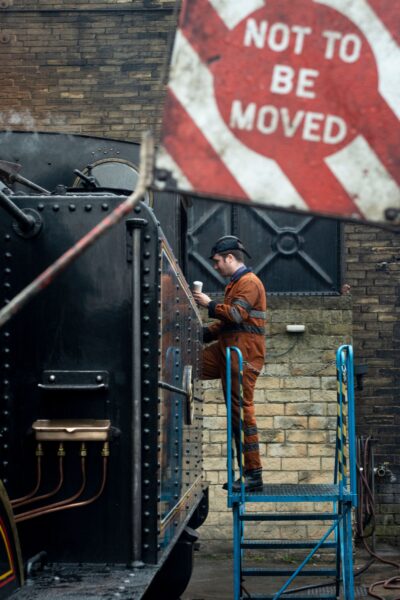Bradford Synagogue
You're warmly welcomed inside of the Bradford Synagogue, a hub for the Jewish community in Bradford.
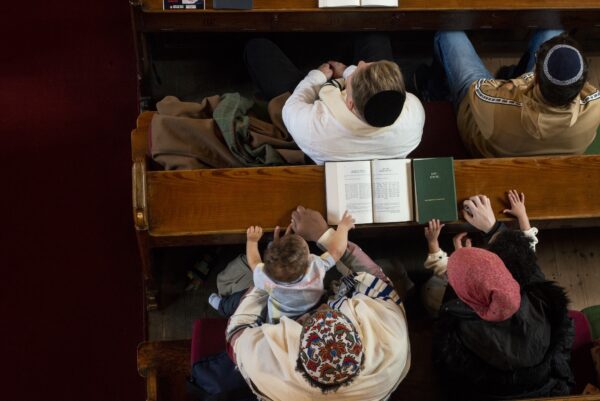
Published: August 19, 2025
Author: Tim Smith
Meet The People of Bradford in our digital series, created in collaboration with renowned documentary photographer Tim Smith.
Tim Smith’s photographs and creative work capture the social and cultural experiences of his subjects. In this unique series, we’re bringing together the lives and stories of real Bradford people with Tim’s captivating images.
These are the people from the Bradford Synagogue – in their own words.



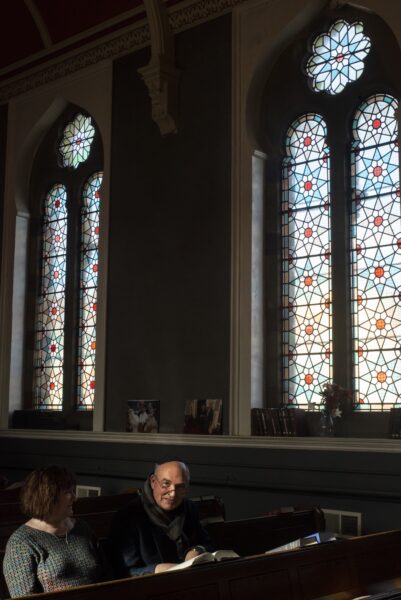
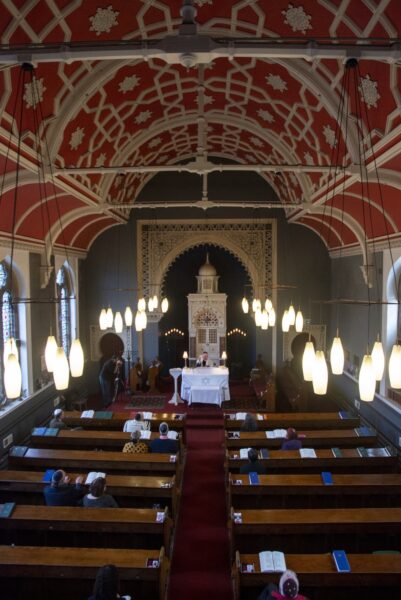

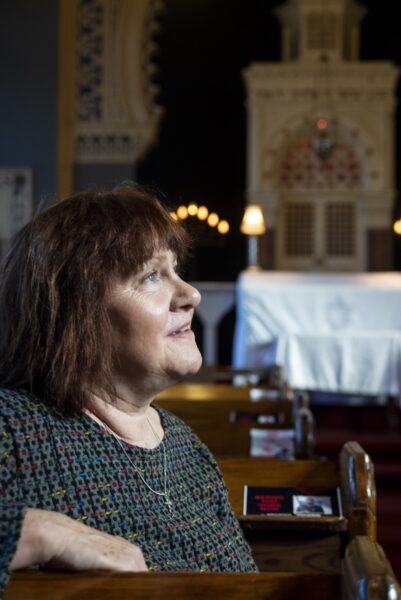
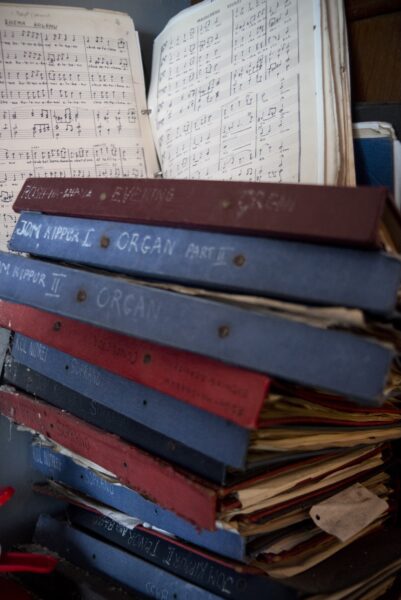
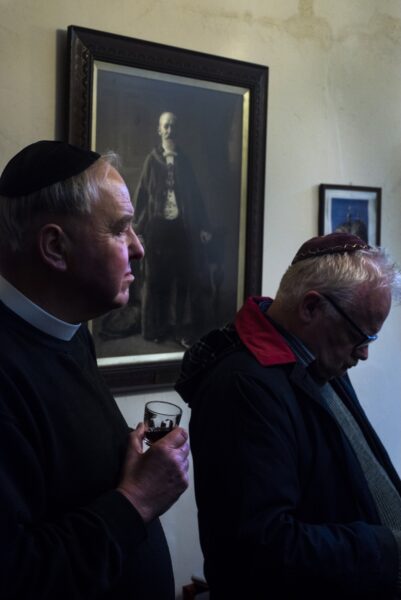
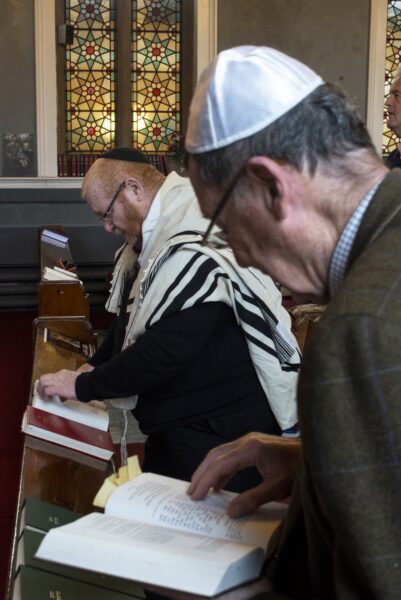

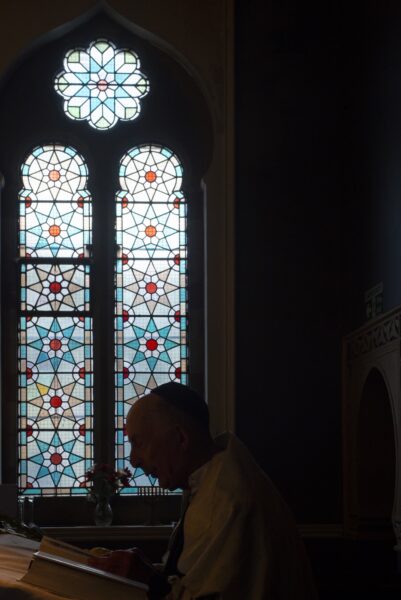

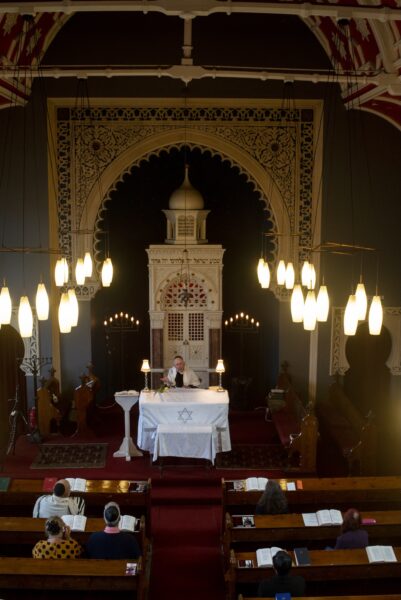
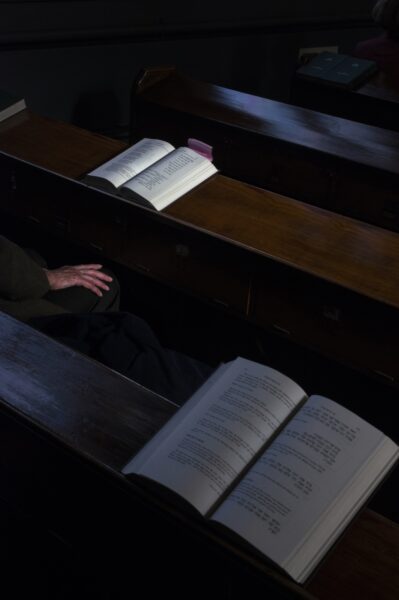
Suzie Cree
The Bradford Synagogue, is a very historic building. The community was founded in 1873, by German and Jewish merchants who came to Bradford. They developed the nascent wool industry into an enormous export business – it was really through them, where the wealth of Bradford was created.
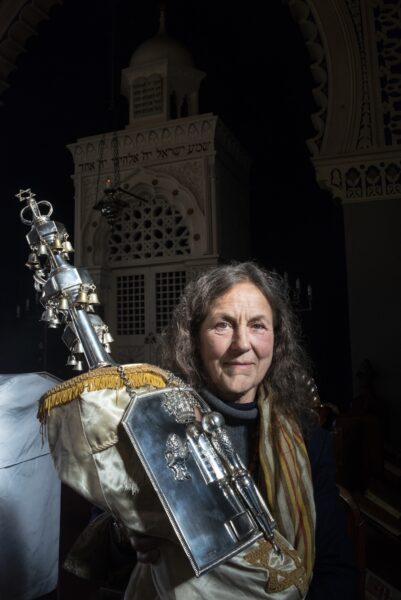
This is a Reform Synagogue. The Reform Movement started in Germany, trying to make Judaism relate more to everyday life in what was then the 19th century.
Obviously, they were very wealthy, and they built this beautiful synagogue. It’s in the Moorish style, which doesn’t have any religious significance. Although a lot of the motifs are Islamic, it was something that was the fashion.
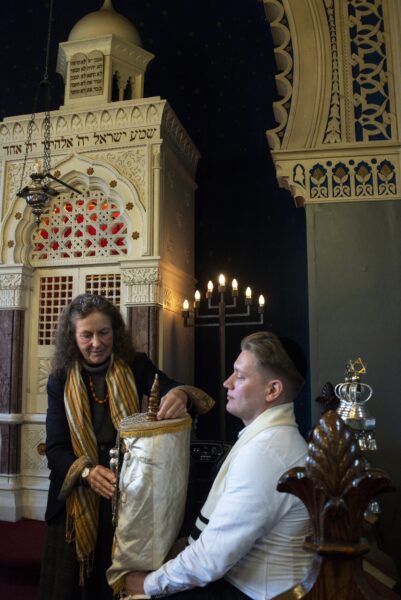
Eleven years ago, the synagogue roof was falling down. We’re only a tiny community, we have 45 full members. We didn’t know what to do. We were desperate.
Rudi Leavor, our then chairman, was great friends with Zulfi Karim, who was the Chairman of the Council for Mosques. The Muslim community got together and helped us raise money, and then they helped us get a lottery grant to repair the roof.
Despite everything that’s been going on in the Middle East, we have fantastic relationships with the Muslim community locally. There’s a restaurant around the corner, the Sweet Centre, we’re great friends with the owner, going back a long time. Although it’s difficult and there’s some conversations we probably don’t have, we still have really good relationships and that is so important.
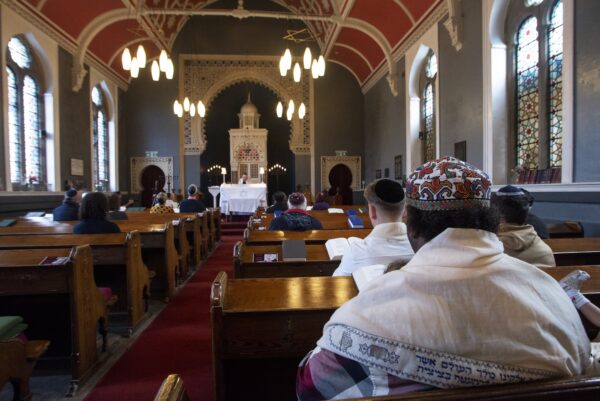
Luke Steele
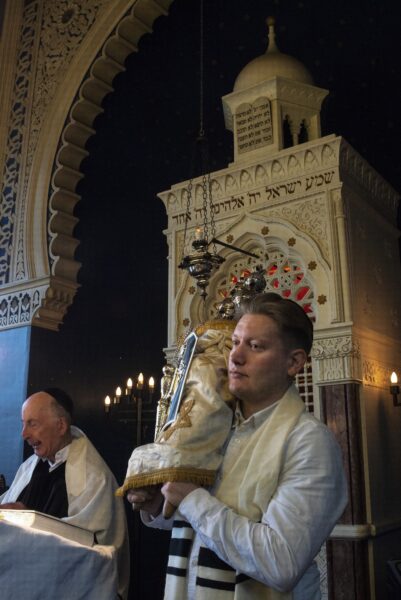
This is a place for everyone to come together, behind Jewish culture, tradition and religion – to keep the traditions of Judaism going.
Judaism is a cornerstone of Bradford’s history. Traders came across from Germany and other parts of Europe to help build the wool trade here in Bradford. If you go into town, you can see various reflections of Jewish history – it reflects that Judaism is an integral part of the diversity of Bradford. It’s helped build this city.

There’s the Wool Exchange and Little Germany in Bradford for example, which used to be the centre of the trade. It was a place where a lot of Jewish merchants came together. It’s been an integral part of Bradford’s history and wider history of Yorkshire as well.
If you look at my family, they were evicted from Eastern Europe in the pogroms, towards the end of the 1800s and early 1900s. They came here to escape persecution from the Tsar in Russia and we’ve lived here ever since, as a family.
Today in the synagogue, we’ve not just had Jewish people, we’ve had Muslims and Christians here. We’ve got close connections to the Sikh and Hindu communities – all coming together to recognise that we’ve got to look forward as a city. We’ve got to keep moving and work together.
This synagogue an integral part of Bradford’s history, but also an integral part of it’s future. The Jewish community is part of the wider culture of Bradford and people are proud to play their part.
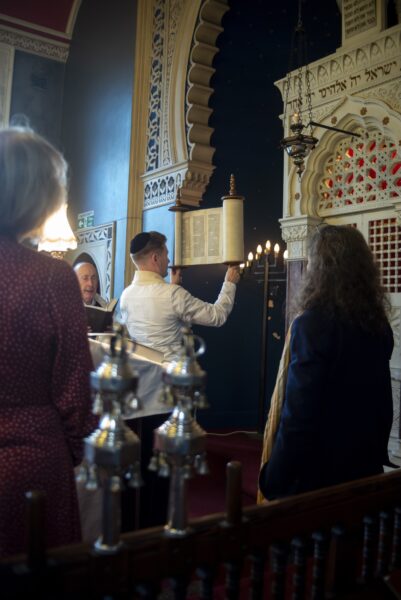
Rabbi Douglas Charing.
The original Jews who came here were from Germany, and they came because Britain was seen as a leading European trading place. I’m talking about Bradford, Leeds and so on, and they joined other non-Jewish Germans.
In the main these were influential people in their positions in trade, and they brought a certain amount of prosperity to Bradford. They came together for various events and had a profound impact on 19th century Bradford. Sir Jacob Behrens, for example, was one of the earliest Jewish Germans, and he founded the Chamber of Commerce in Bradford.
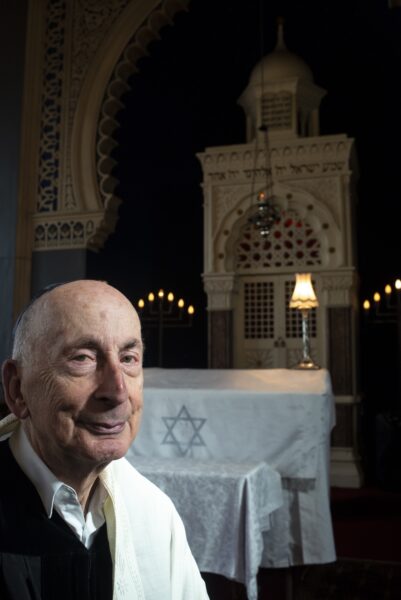
It was a small community. Some were not interested in Judaism as such, and that’s why it probably took longer to start a synagogue. But when they did, it was well received by the Jewish community and others – and it’s been here ever since! It’s one of the gems of Anglo Jewry, because the architecture is from the original days.

Peter Hardy
I’ve always been interested in other faiths, and I like to see the interactions between the Abrahamic faiths – Judaism, Christianity, Islam – and the way that they’ve developed alongside each other. In fact, the message should be about mutual humanity and mutual support of each other, rather than people having either a conflictual relation or one which is rivalling each other. I think it is one humanity.
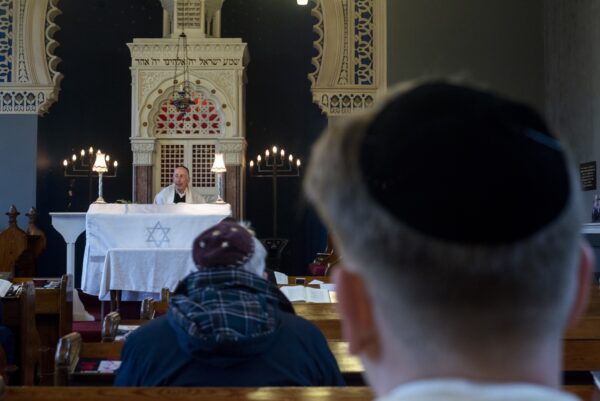
I come here, although I’m a Methodist, and I also sing in an Anglican church.
I have lots of nice links with Judaism, including my absolute adoration for a lot of Jewish art and Jewish music. Many of those really fine composers in the 20th century were Jewish. For example, Felix Mendelssohn, his composition Elijah, is a wonderful thing – I’m a singer and I love doing that kind of repertoire.
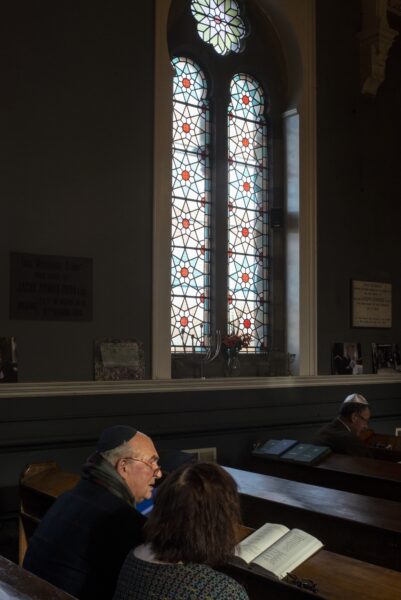
Ingrid Bartle
I’ve not been here before. I’ve found everyone really welcoming. I heard my friend talk about it here, he’s quite interested in religions too. So, when he invited me to come I thought, yeah, I’d like to do that.
I think if everyone could learn a little bit more about different religions and cultures, I think we’d be better off. We’d be more understanding, and maybe not as quick to judge. I think there’d be less strife, because people would understand a bit more about different religions. Not just here, but around the world.

